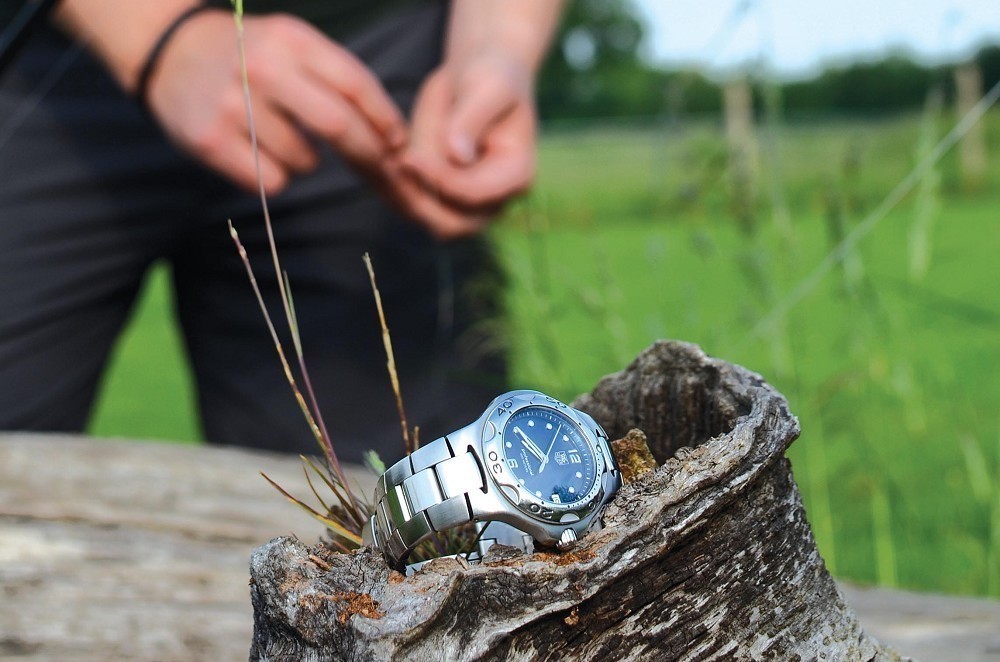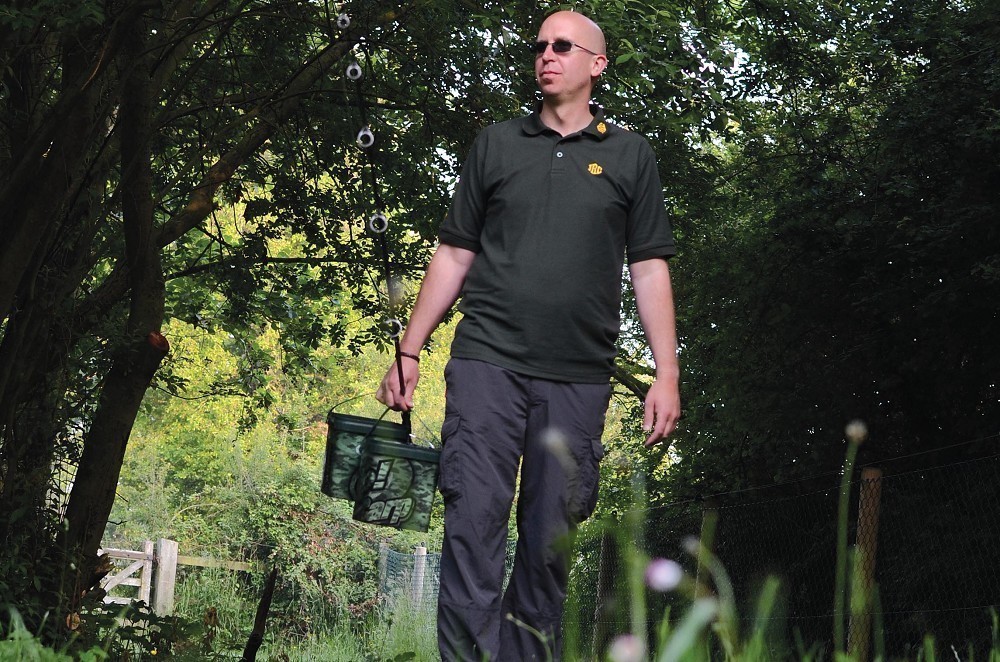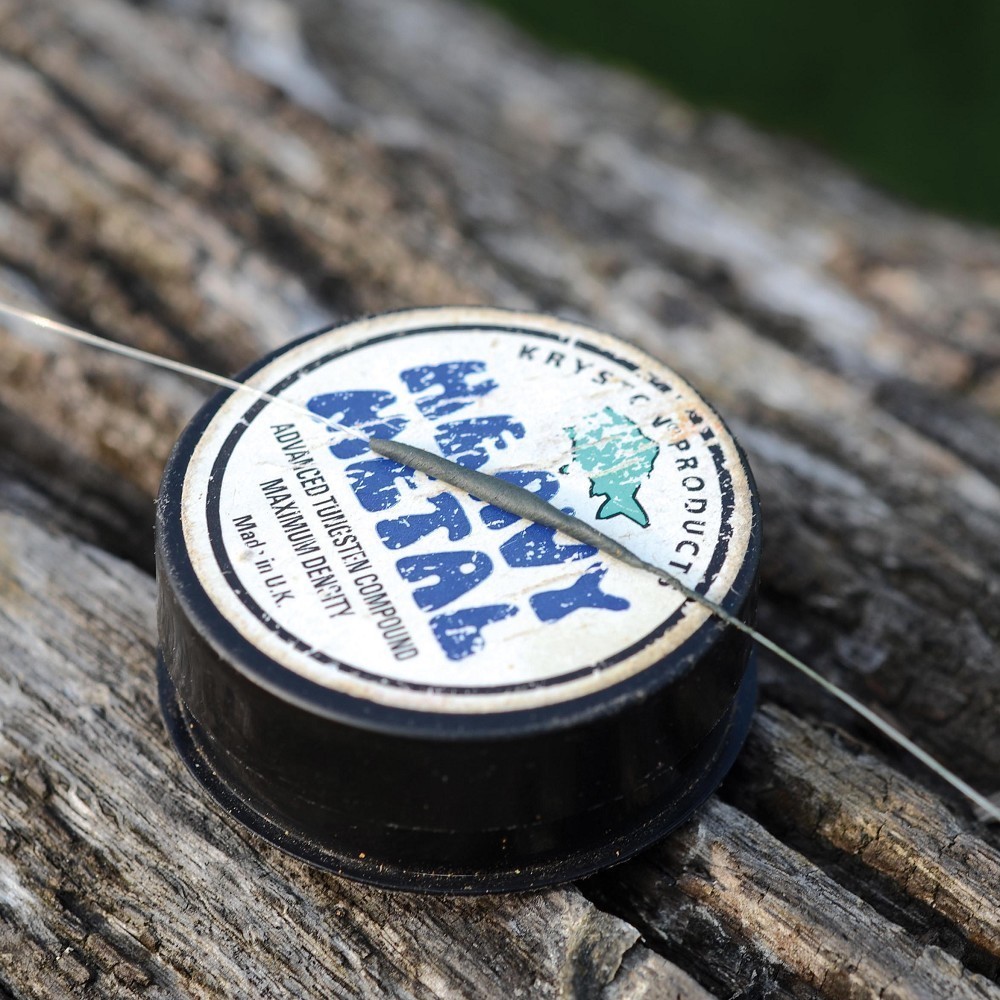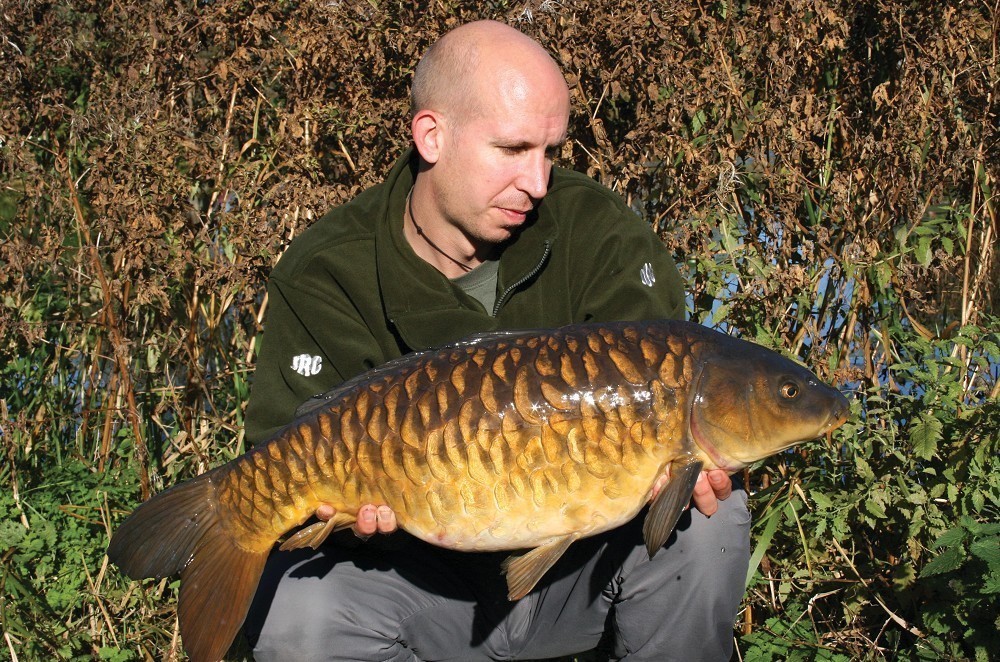You'll find them in the edge
How travelling light will bag you more carp
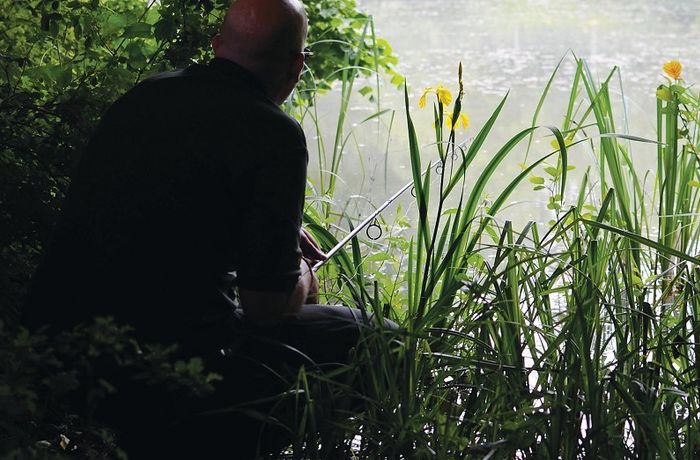
Stalking has to be one of the most exciting and exhilarating styles of fishing. Searching out your quarry and sneaking in a rig to catch, sometimes even picking a fish that is totally unaware of what’s happening. This makes it one of the most rewarding ways of fishing, helping us as anglers to understand the best approach in a given situation and the reasons why certain rigs work. On the flip side, this can be one of the most frustrating styles of angling being up close and personal, watching as they suss your rig or spook from a misplaced foot on a twig.
Putting the odds in your favour
Whenever time is spent, angling opportunities will come and go and being vigilant will help put an extra fish or two on the bank. My angling consists of short session fishing so I will move around a lake from swim-to-swim trying to find and catch fish. Whilst I am trying to put the odds in my favour this is more searching out signs of fish and angling accordingly, more mobile angling.
The art of stalking is getting the fish to feed on your terms and in view, actually watching the hookbait getting sucked in. Of course getting fish to feed under your feet can be done on lakes with coloured water, but stalking is all about observing the fish’s movements and adjusting your tactics to suit. Due to everything being done on sight, the weather conditions can play a huge part. Bright clear days make fish spotting very easy, but are not always the most conducive to multiple captures with fish often choosing to bask rather than feed. I find warm overcast days, without the bright skyline are best as clarity is good and with everything dulled down it aids in keeping you concealed on the bank. Obviously dark clothing is the sensible way forward, also be careful of bare skin, such as arms in a T-Shirt or a shiny watch which can be easily seen from the water by your quarry. It may sound a little extreme, but when the chance has gone it’s an opportunity lost, something I have learned the hard way.
Ups and downs...
One of the best things about stalking is that you are finding fish that are up for a feed, therefore you will be placing a hookbait into an area where there is a high probability that you’ll get a pick-up. In observing the carp and their behaviour at close quarters you learn their routines, helping you to understand how they visit and react to baited areas out in the lake whilst fishing without the luxury of sight.
There has to be a catch – surely if this style of fishing is so rewarding we would do it all the time? Yes, we would, but unfortunately there are many outside influences that always seem to conspire against you. Due to the popularity of our pastime, many lakes are busy with occupied swims meaning that these areas cannot be baited or angled in. There will also be unsuitable swims that don’t lend themselves to a stalking approach, such as deep margins or just featureless, providing nothing of interest for fish to feed around. Ideally a lake with a good stock of fish, shallow margins on a bank to which the wind is blowing with a bit of bankside cover to conceal yourself is a good place to start.
As previously mentioned, weather plays a massive part, light aiding or hampering clarity, wind moving the fish to certain areas of the lake for food or perhaps oxygenated water and of course air pressure encouraging the fish to feed at whatever depth they feel comfortable. Knowing ‘what and where’ works in the different conditions is all part of learning watercraft for the lakes that you fish. Before I turn up to any lake, on any particular day, I check the forecast online and know where the wind will be blowing and what temperatures to be expecting, helping me to apply the watercraft previously learned.
I try to keep things simple on the baiting front: I will trickle a few boilies and pellets into marginal spots around the lake. A couple of handfuls per spot and I will keep mobile regularly checking the spots and feeding a little more each time I check. Dependent on the depth of the swim and water clarity you may be able to see if the bait is going, but normally a few large shadows over the bait will give them away. One of the most common traits is for the fish to visit a baited spot, pick up a couple of free offerings and then glide off for a period of time. Often their routines mean that they will keep coming back, sometimes with more carp, until the food is all gone or better still until they make a mistake and get hooked.
In learning their feeding routine on your baited spots you can choose your opportunity to place the hookbait in amongst the free offerings. I fish a lake out in The Fens which is perfect for stalking: gin clear water with a shallow marginal shelf varying up to six-feet across and only two- to three-feet deep with reeds for cover. I took the other half fishing and showed her how to bait likely looking spots around the margins and then went to set-up the rods. On return there were at least four fish, heads down, tails up competing for the bait throwing all caution to the wind. I didn’t even need to wait for them to move off to put the hookbait in, opting to lower my bait and lead in between the feeding fish. Within seconds, but what seemed an eternity, the spool started to spin and I was in. Every situation is different, therefore it’s very important to observe how the fish approach which can pay dividends when it comes to line concealment and bait presentation. These are all things to consider when setting a margin trap.
My favoured set-up
My favourite presentation for fishing in these situations is simple fluorocarbon hooklinks incorporating a light semi-fixed in-line lead set-up. This way I get the initial hooking benefits of the in-line system with the fish hitting the lead straight away, but I tend to use smaller leads as they are easier to conceal therefore the action of lifting into the fish sets the hook home rather than the initial take. Of course sharp hooks are a must with everything pinned down using a little tungsten putty along the rig so there is nothing to spook a wary carp.
Sometimes, as mentioned, it can be so easy to place a baited rig amongst confidently feeding fish, whereas when they are visiting for a couple of bits of bait at a time, it can be very difficult as placing a bait at the wrong time could blow any chances of a pick-up. Just adding your baited rig can be enough to scare a wary carp, it’s as if they know one more bait has been added, as if they have a photographic memory of all the bait that was there previously and the one extra piece (your hookbait) is danger. Therefore it’s best on waters containing wary carp to carefully place your hookbait onto the spot and add another handful of freebies giving them so much more to consider, this approach is often enough for them to continue as if nothing has changed.
It’s a matter of baiting and checking until you find activity over your chosen spots. Use any elevated areas such as viewing from up a tree to get the bigger picture on how the fish approach. Just try and be on the ground when the take occurs, as it’s normally the fish you haven’t spotted that sets the clutch spinning catching you unawares.
The extreme length
People will and have laughed at the extremes I will go to place a bait unnoticed. The smile is soon switched to my face when I am rewarded. Stalking is all about you against the fish and is something that cannot be done with friends as you only interfere with each others angling invariably chasing the same fish. Going back a few years I missed an opportunity through no fault of my own whilst stalking with a friend. Foolishly he had forgotten his Polaroid glasses which made it nigh-on impossible to see beneath the lake’s surface glare, unluckily for him I spotted a very big common approaching the margins from some 30 or so yards to feed.
Picture the scene: a common of massive proportions swimming towards me, but unable to see me. I am some 30ft above the water on a large sand bank so as the fish swims in to two-feet of gin clear water to feed without a care in the world I flicked my juicy lobworm 10yds past the approaching fish. A personal best at the time for sure and the biggest fish that swam in the 30-acres of lake. The cast feathered down and landed with little disturbance and without spooking the approaching fish. I slowly reeled the bait into position, edging closer to the water’s edge where this fish was sure to make the mistake. Then, out of nowhere, a pike takes the worm, I’m swearing under my breath as I pray for the pike to let go. ‘Just feel the hook, spit the bloody thing out’ I though, but alas the pike was nailed. As I started to reel it in the common turned and looked at the pike as if to say what’s up as it then slowly glided away into the depths.
I learned so much from this failure and as you hone your stalking skills you will be sure to fail at some point and you to will learn from your mistakes however small…





